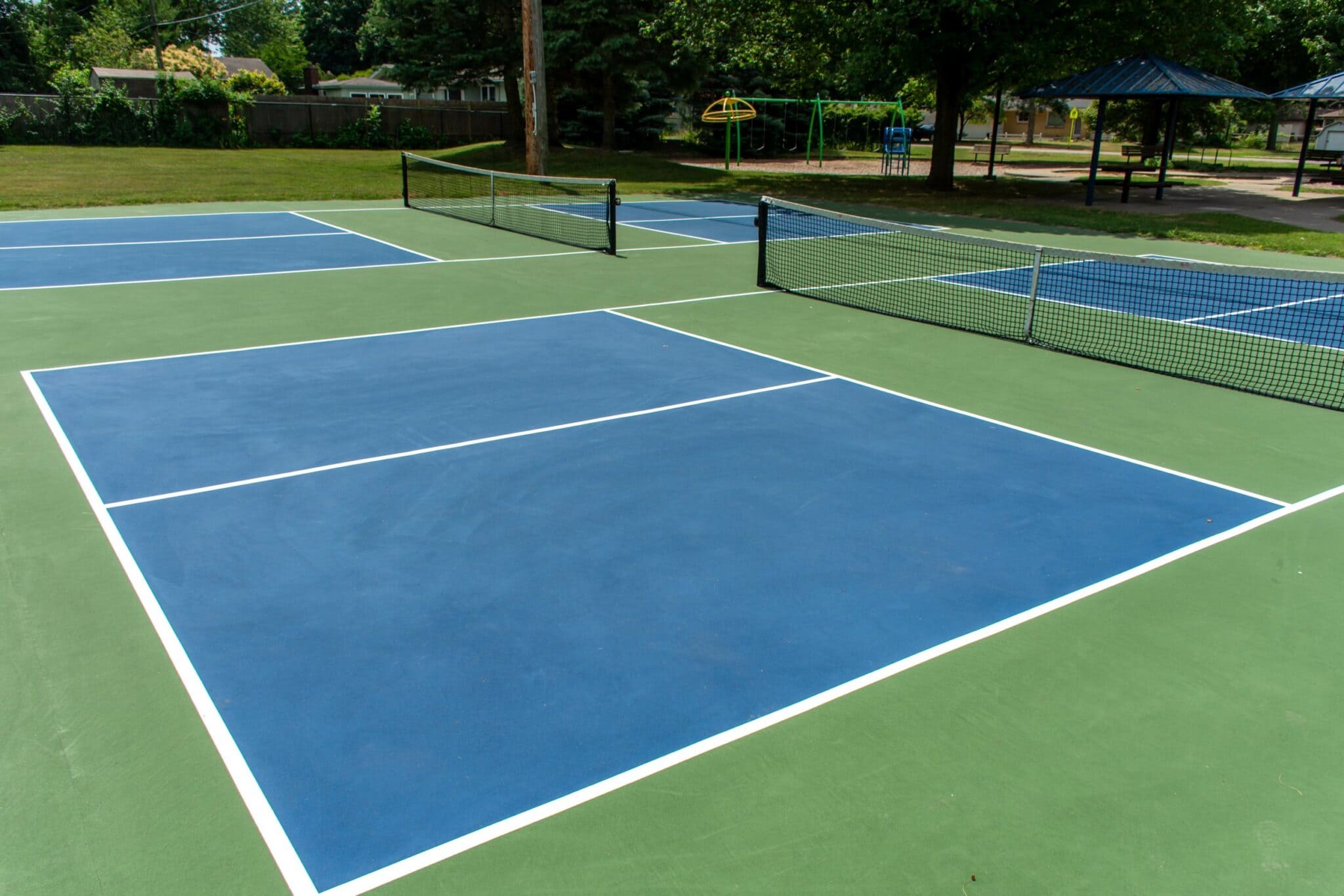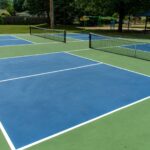In the rapidly growing world of pickleball, the choice of equipment can significantly impact one’s game. With the market brimming with a diverse array of paddle options, players often find themselves deliberating between thermoformed and non-thermoformed pickleball paddles. Understanding the differences between these two types of paddles is crucial for making an informed decision that aligns with one’s playing style and preferences.
Decoding Thermoformed Pickleball Paddles
Thermoformed pickleball paddles, also known as molded paddles, are created using a process that involves heating a sheet of material, such as plastic or composite, and molding it into the desired shape. This manufacturing technique enables the production of paddles with a uniform surface and consistent thickness, resulting in enhanced durability and performance. Thermoformed paddles often exhibit a sleek, smooth finish, making them popular among players seeking a reliable, standardized playing experience.
The Charm of Non-Thermoformed Pickleball Paddles
Non-thermoformed pickleball paddles, on the other hand, are manufactured using a different method that involves layering materials, often including a honeycomb core, to create a textured surface. This construction technique allows for greater flexibility in paddle design, enabling manufacturers to experiment with various materials and compositions to achieve specific playing characteristics. Non-thermoformed paddles are renowned for their versatility and ability to cater to a wide spectrum of playing styles, offering players the opportunity to customize their equipment to match their unique preferences and requirements.
Performance and Durability Considerations
When evaluating the performance and durability of thermoformed versus non-thermoformed pickleball paddles, several factors come into play. For the best pickleball paddles Melbourne supplier you cannot go past HUSTL Pickleball, with their uniform surface and consistent thickness, tend to offer a more predictable and controlled playing experience. They are often favored by players who prioritize stability and precision in their shots. Additionally, the durability of thermoformed paddles makes them suitable for players who engage in aggressive gameplay and require equipment that can withstand frequent impacts and intense use.
Conversely, non-thermoformed paddles, with their varied surface textures and customizable designs, appeal to players seeking enhanced spin, power, or control, depending on their individual playing style. These paddles often incorporate advanced technologies and composite materials to optimize performance and responsiveness, providing players with a distinct edge on the court. Speak to your local pickleball coaching academy head pro about which paddle type best suits your game before going out and spending a fortune on a paddle.
Making the Right Choice
Choosing between thermoformed and non-thermoformed pickleball paddles ultimately boils down to individual preferences and gameplay priorities. While thermoformed paddles offer consistency and durability, non-thermoformed paddles provide a broader range of customization options tailored to specific playing techniques and styles. It is essential for players to consider their skill level, playing style, and personal preferences before making a decision, as selecting the right paddle can significantly enhance one’s overall performance and enjoyment of the game.
In conclusion, both thermoformed and non-thermoformed pickleball paddles have their unique strengths and advantages, catering to a diverse spectrum of players with varying needs and preferences. By understanding the nuances of these paddle types, players can make an informed choice that aligns with their specific requirements and helps elevate their pickleball experience to new heights.


